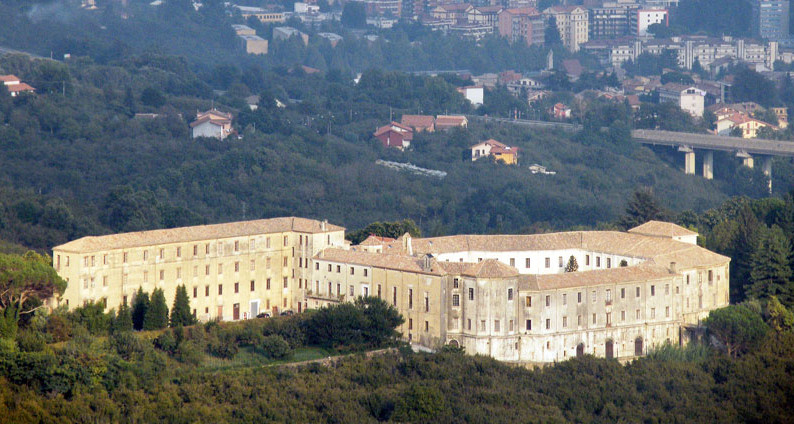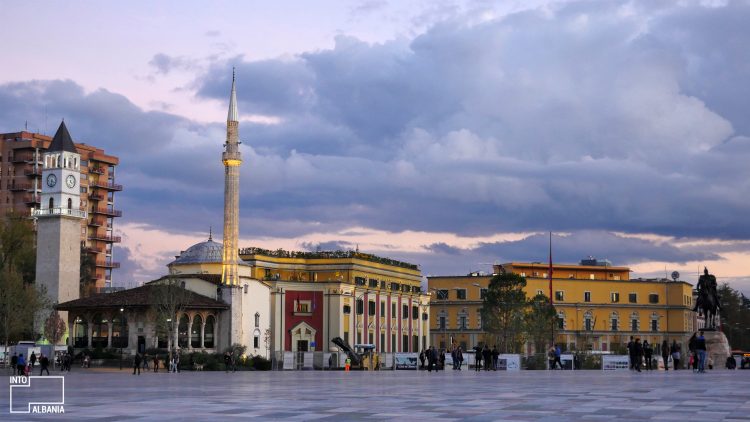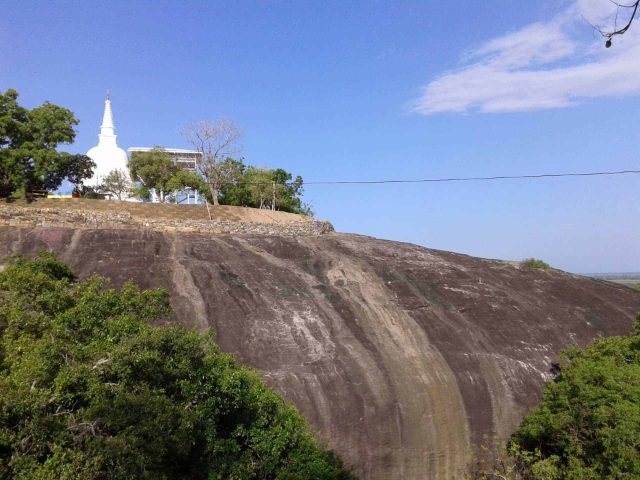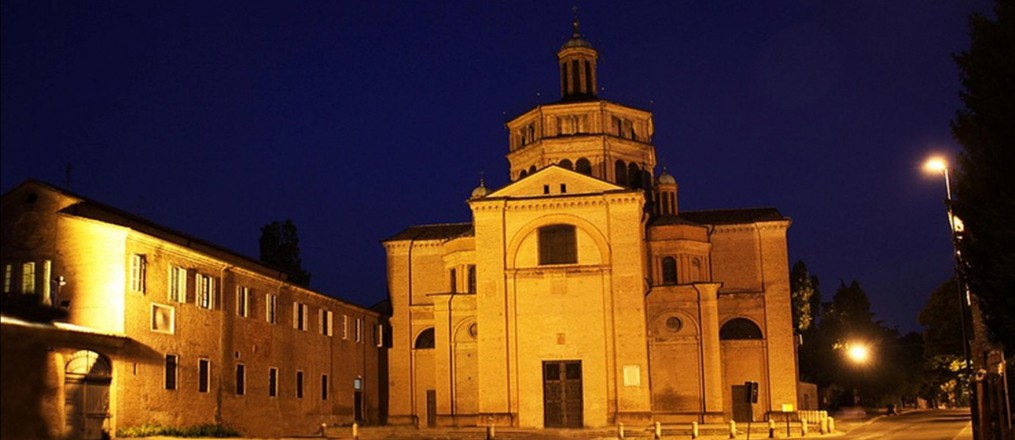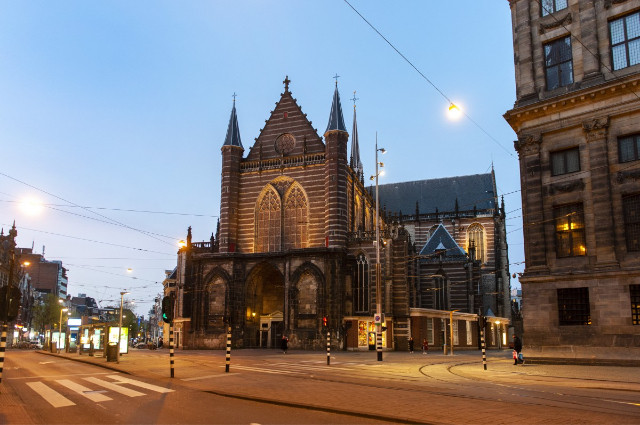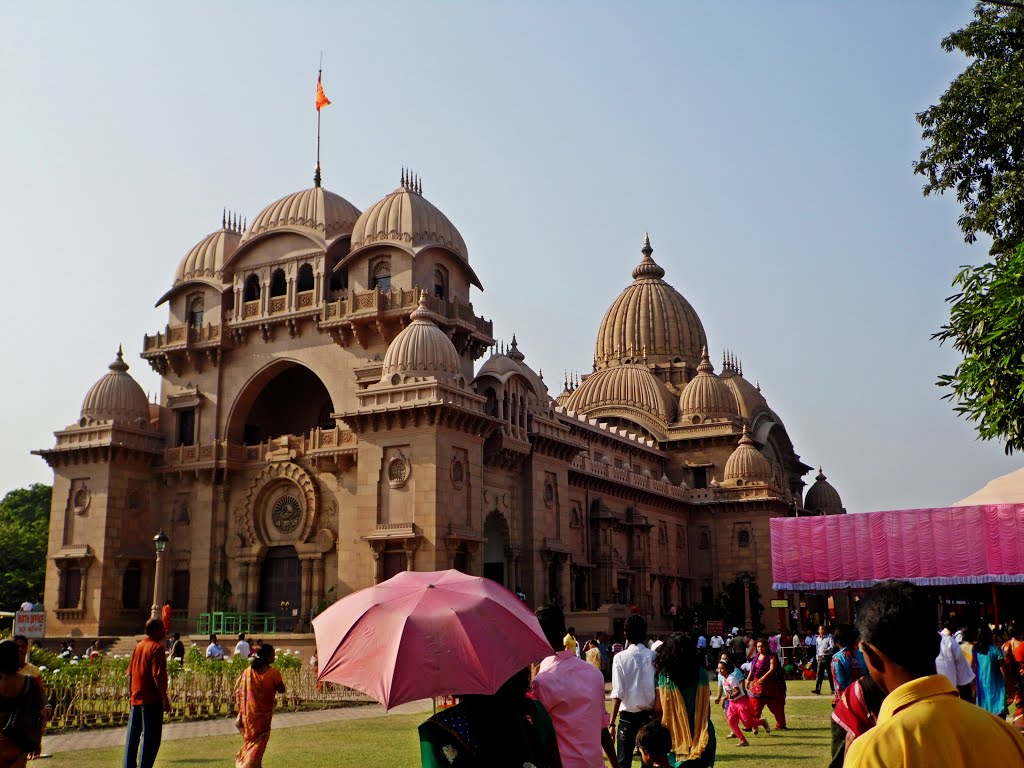The Abbey of Loreto, or more precisely, the Abbey Palace of Loreto, is a valuable structure, of extreme interest from an artistic, architectural and historical point of view. Since the 14th century, the abbey has served as a winter residence for the Abbot General of the Diocese of Montevergine. The name "Loreto" derives from the fact that the Abbey was built where in pagan times there was a laurel wood, sacred to Apollo.
The abbey suffered serious damage from the tremendous earthquake of 1732, so much so that in 1733 Abbot Federici had the reconstruction work begin, entrusting the design to the talented artist Domenicantonio Vaccaro. The work was completed in 1749, under Abbot Letizia.
The abbey of Loreto (on the left of the photo) seen from Capocastello. In the background you can see part of Avellino The structure is low and symmetrical, with a beautiful inner cloister-corridor, which houses a well-kept garden protected by the wings of the structure, with the Partenio Massif in the background. In this place, the classical music festival "Musica in Irpinia" is held in July and attracts thousands of fans.
The historical and cultural importance of the abbey is considerable, as its many rooms guard or host:
18th century Flemish tapestries (or 16th century?);
a pharmacy with over 300 hand-decorated 18th century majolica vases;
the Historical Archives of the Benedictine Fathers (tel. 0825-787150), considered unique in the South, with numerous "cinquecentine", 7000 parchments belonging to various cities and towns of the Kingdom of Naples;
a library with over 150000 volumes, and documents, both imperial and bishop’s, a large number of royal diplomas of the Norman princes (starting with King Ruggiero), the Swabians, the Angevins and the Aragonese, 300 Papal Bills, the oldest of which dates back to Alexander III, and 200 Codes of uncommon value. This library is now open to the public and serves as a cultural institute.
